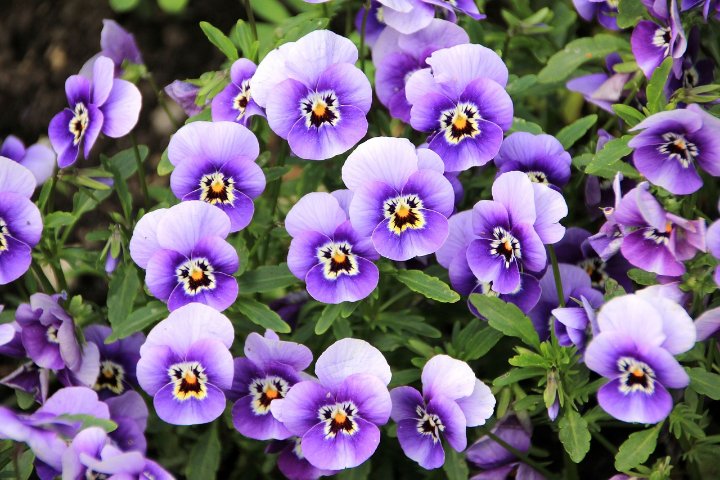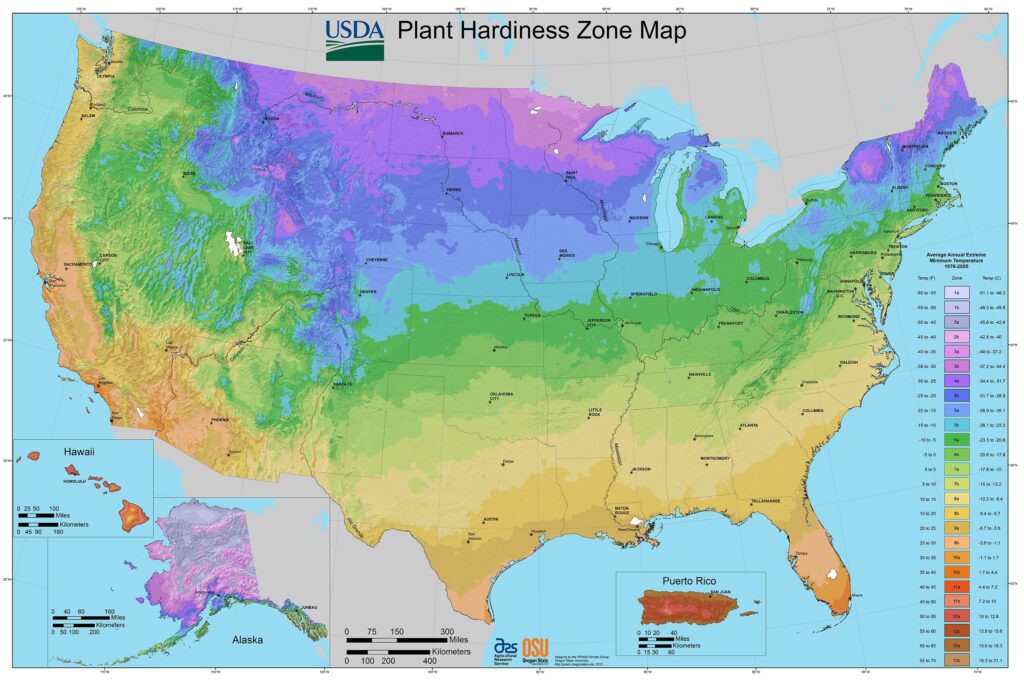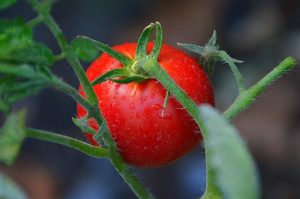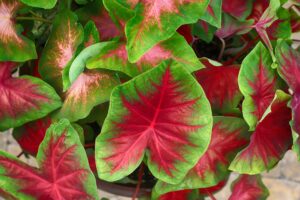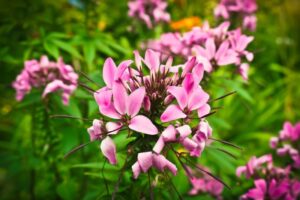Pansies, with their cheerful faces and vibrant colors, are beloved by gardeners for their versatility and cold-hardy nature. These charming flowers brighten up gardens, containers, and borders with their delicate blooms and are a favorite choice for adding a pop of color to landscapes. With a few simple tips, you can easily grow and care for pansies, ensuring a beautiful display of flowers throughout the cooler months.
Best Pansies Varieties
| Image | Name | Rating | Shop |
|---|---|---|---|
 | Swiss Giants Mix Pansy Seeds |  | |
 | Flirty Skirts Mix Pansy Seeds |  | |
 | Perennial Viola Johnny Jump Up Flower Seeds |  |
Pansies Hardiness Zones
Pansies are adaptable plants that thrive in USDA hardiness zones 7-11. While they prefer cooler temperatures, they can tolerate a wide range of conditions, making them suitable for gardens in various regions. Whether you’re gardening in a mild coastal climate or a colder mountainous area, pansies are sure to thrive and provide a burst of color to your landscape.
How Much Sun Do Pansies Need
Pansies thrive in full to partial sun, requiring at least six hours of sunlight per day to bloom abundantly. Plant them in a location where they can receive adequate sunlight, especially during the cooler months. In hotter climates, providing afternoon shade can help protect them from the intense midday sun and extend their blooming period.
Pansies Soil Requirements
When it comes to soil, pansies prefer well-drained, fertile soil that is rich in organic matter. Ensure the soil is loose and crumbly to allow for proper root development and drainage. Pansies thrive in slightly acidic soil, with a pH range of around 5.5 to 6.5. Amending the soil with compost or organic matter before planting can help provide essential nutrients and improve soil structure.
Pansies Plant Spacing
When planting pansies, space them approximately 4 to 8 inches apart to allow for proper air circulation and prevent overcrowding. This spacing ensures that each plant has enough room to grow and spread, resulting in healthier plants and more abundant blooms. Pansies also make excellent container plants, and you can plant them closer together in pots or hanging baskets for a lush, full display.
Pansies Temperature Requirements
Pansies thrive in cooler temperatures and are remarkably cold-tolerant, making them ideal for fall and winter gardens. In fact, pansies prefer temperatures between 45 to 65°F (7 to 18°C) and may struggle in hotter climates. Plant them in early spring or late fall when temperatures are mild, as they prefer cooler conditions for optimal growth and flowering.
Pansies Fertilizer Requirements
Pansies are light feeders and don’t require much fertilization to thrive. A balanced, water-soluble fertilizer applied at half strength every two to four weeks during the growing season is usually sufficient to promote healthy growth and flowering. Avoid over-fertilizing pansies, as excessive nutrients can lead to lush foliage at the expense of flowers.
Pansies Water Requirements
Pansies require consistently moist soil to thrive, especially during periods of hot, dry weather. Water them regularly, keeping the soil evenly moist but not waterlogged. Mulching around the base of the plants can help retain soil moisture and regulate soil temperature, promoting healthy root growth and flowering.
Pansies Humidity Requirements
Pansies prefer low humidity and may struggle in areas with high moisture levels. Plant them in well-ventilated areas with good air circulation to prevent moisture buildup, which can lead to fungal diseases. In regions with high humidity, avoid overhead watering and water early in the day to allow foliage to dry quickly, reducing the risk of disease.
Pansies Pests and Diseases
While pansies are relatively pest and disease-resistant, they can occasionally encounter issues with pests such as slugs and aphids. Monitor your plants regularly for signs of pest infestations and take appropriate measures to control them, such as handpicking or using organic insecticidal soap. Additionally, pansies may be susceptible to diseases such as grey mold, root and crown rot, powdery mildew, anthracnose, and leaf spots. Practice good garden hygiene and remove any infected plant material promptly to prevent the spread of disease.
In conclusion, growing and caring for pansies is a rewarding experience that allows gardeners to enjoy the beauty and charm of these delightful flowers. By providing the right growing conditions, including adequate sunlight, well-drained soil, and regular watering and fertilization, you can cultivate healthy and vibrant pansy plants that enhance the beauty of your garden. With their cold-hardy nature and colorful blooms, pansies are sure to become a cherished favorite in your garden or landscape.


